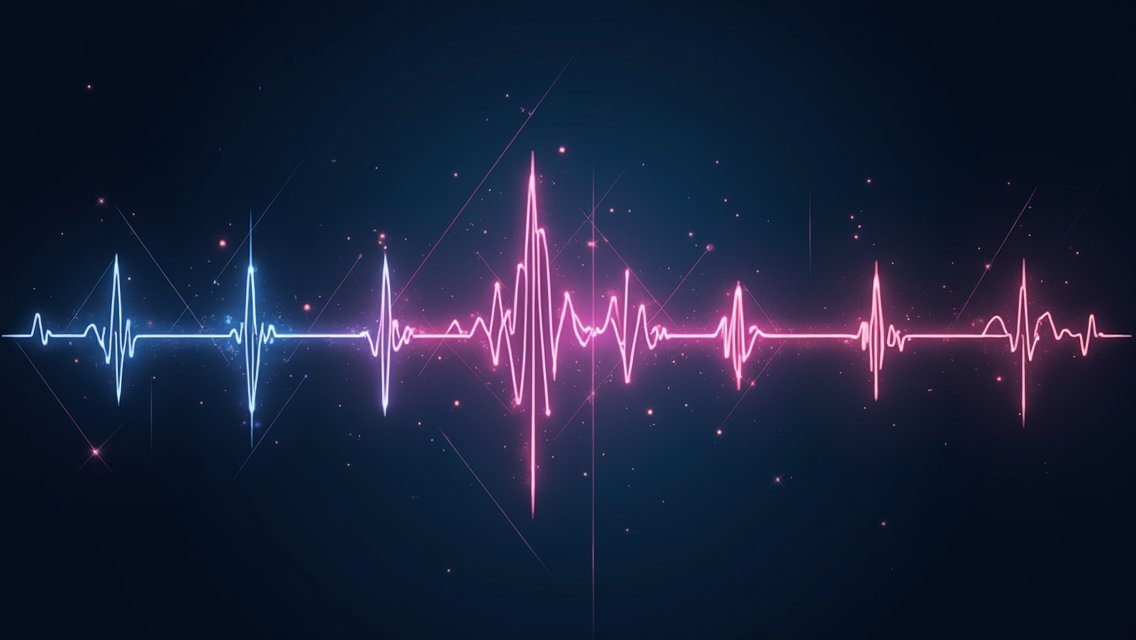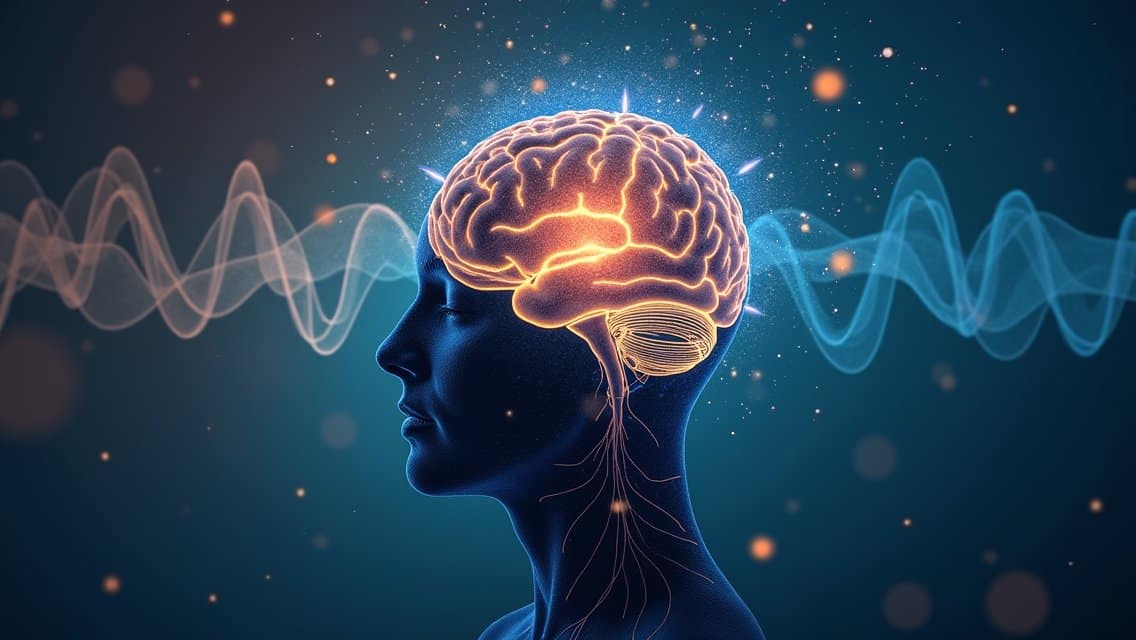That was the first time when I went for a meditation class I heard about different types of brainwaves. The teacher was speaking about the function and the effects of the brain when we practice meditation. In meditation music is used to change our brain activities. He said that when someone practices meditation the brainwave is changing from one brainwave to another state of brainwave as the result of it. After hearing those explanation on brain waves I have decided to search for the total information of our brain and the different types of brainwaves. In this article you will find the basic information on different types of brainwaves and the effects and function of the brain.
Useful Articles: 1. All About Mental Health. 2. Natural Treatment for Diabetes. 3. Highest CPC Keywords and Adsense Niches – 2024
What is Brainwaves?
Brain waves are patterns of electrical activity in the brain, generated by neurons as they communicate with each other.
These waves are measured using electroencephalography (EEG) and are classified based on their frequency, typically in cycles per second (hertz, Hz).
Different brain wave patterns are associated with various states of consciousness, mental activity, and emotional states.
What are the Main Types of Brainwaves?
Delta Waves (0.5 – 4 Hz)
These are the slowest brain waves, associated with deep, dreamless sleep and healing. They are common in infants and during deep stages of sleep in adults.
Theta Waves (4 – 8 Hz)
Theta waves are associated with light sleep, relaxation, creativity, and daydreaming. They often occur when you’re drifting off to sleep or waking up.

Alpha Waves (8 – 12 Hz)
Alpha waves are present when you’re awake but in a relaxed state, such as during meditation or when you’re calmly focused.
Beta Waves (12 – 30 Hz)
These faster waves are associated with active thinking, problem-solving, and focus. They occur when you’re awake and alert, engaging in cognitive tasks.
Gamma Waves (30 – 100 Hz)
Gamma waves are the fastest brain waves and are linked to high-level cognitive functioning, such as learning, memory processing, and information retention.
Here is the graphic showing the different brainwave frequencies for Delta, Theta, Alpha, Beta, and Gamma waves. Each wave is visually distinct and labeled with its frequency range.
Conclusion
Brainwaves are a fascinating window into how our brain functions in various states of consciousness and activity.
From deep sleep to peak focus, each type of brainwave plays a crucial role in our mental and physical well-being.
Understanding these waves can help enhance areas like relaxation, learning, and productivity.
By recognizing how different brainwaves operate, we can better manage stress, improve cognitive abilities, and support mental health.
Ultimately, the study of brainwaves offers valuable insights into optimizing brain function and overall wellness.


